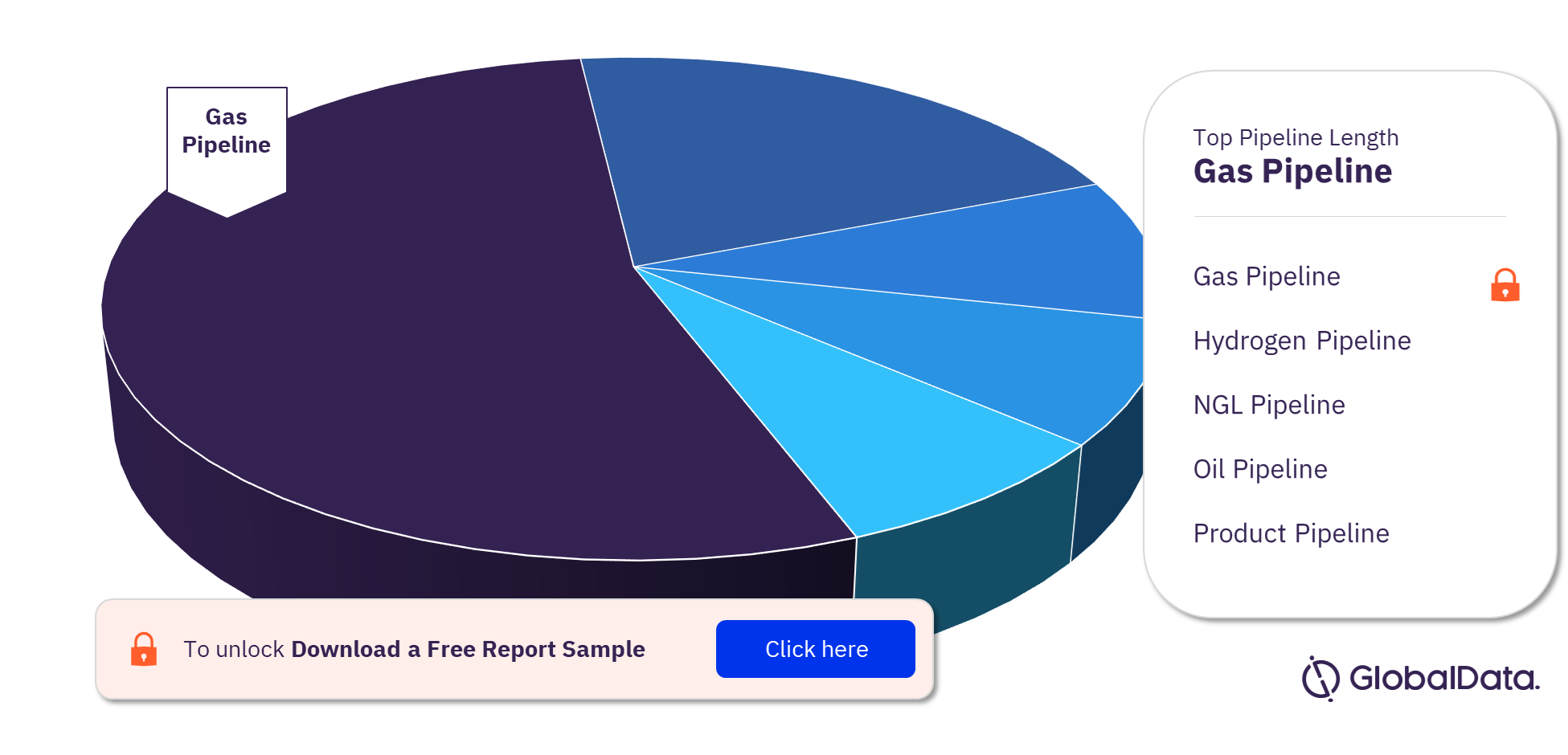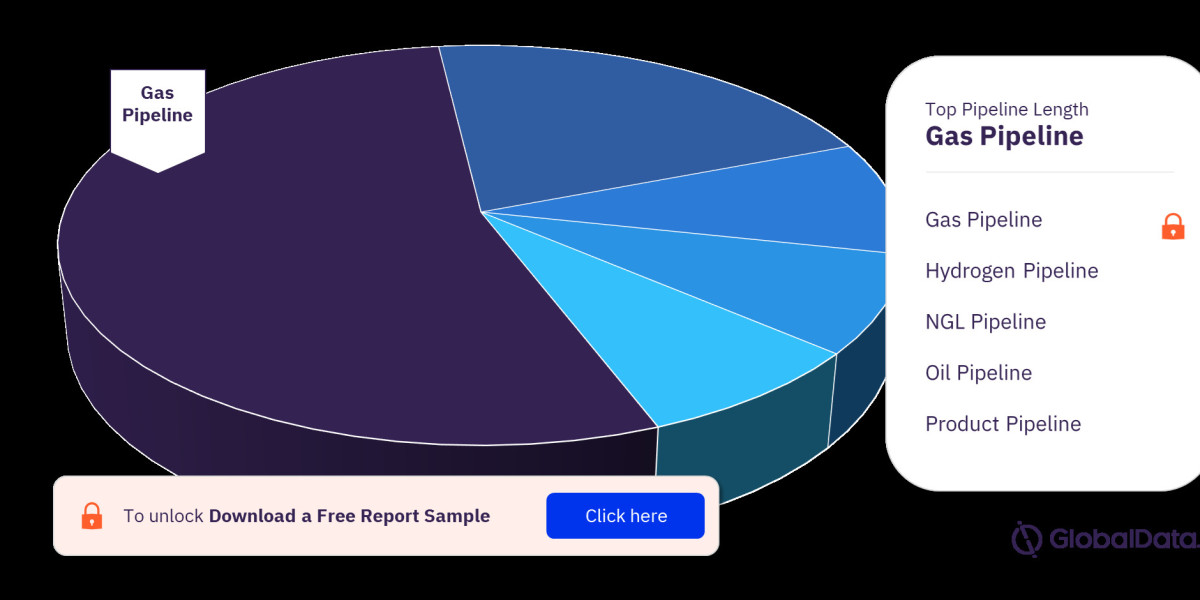The global energy transition, characterized by a shift towards renewable and low-carbon energy sources, is profoundly influencing the oil and gas industry.

For more insights on the pipeline length for hydrogen transport in Europe, download a free report sample
This transition is creating both challenges and opportunities for the reutilization of existing oil and gas infrastructure.
Challenges
- Economic Viability: As the demand for oil and gas declines, the economic viability of repurposing existing infrastructure becomes more challenging. The cost of retrofitting and adapting infrastructure for new uses may outweigh the potential benefits.
- Technological Limitations: Some infrastructure components may not be suitable for repurposing due to technical constraints or safety concerns.
- Market Uncertainty: The rapidly evolving energy landscape creates uncertainty about the future demand for repurposed infrastructure, making long-term investment decisions difficult.
- Regulatory Hurdles: Navigating complex regulatory environments and obtaining necessary permits for infrastructure repurposing can be time-consuming and costly.
Opportunities
- Energy Storage: Existing underground storage facilities can be repurposed for storing renewable energy, such as compressed air or hydrogen.
- Carbon Capture and Storage (CCS): Oil and gas pipelines and storage facilities can be utilized for transporting and storing captured carbon dioxide.
- Hydrogen Economy: Infrastructure can be adapted for hydrogen production, transportation, and distribution, supporting the development of a hydrogen economy.
- District Heating and Cooling: In suitable locations, pipelines can be repurposed for district heating and cooling systems.
- Data Centers: Abandoned oil and gas facilities can be transformed into data centers, leveraging their existing power and cooling infrastructure.
The Role of Government and Industry
Government policies and industry collaboration are essential for maximizing the potential of infrastructure reutilization. Key initiatives include:
- Financial Incentives: Offering tax breaks or subsidies to encourage infrastructure repurposing.
- Regulatory Support: Streamlining permitting processes and providing clear guidelines for repurposing projects.
- Research and Development: Investing in research to develop new technologies and applications for repurposed infrastructure.
- Public-Private Partnerships: Fostering collaboration between government, industry, and academia to share knowledge and resources.
Future Outlook
The successful reutilization of oil and gas infrastructure will depend on a combination of factors, including technological advancements, economic viability, and supportive government policies. As the energy transition accelerates, the potential for repurposing existing infrastructure is expected to grow, offering opportunities for both environmental and economic benefits.



